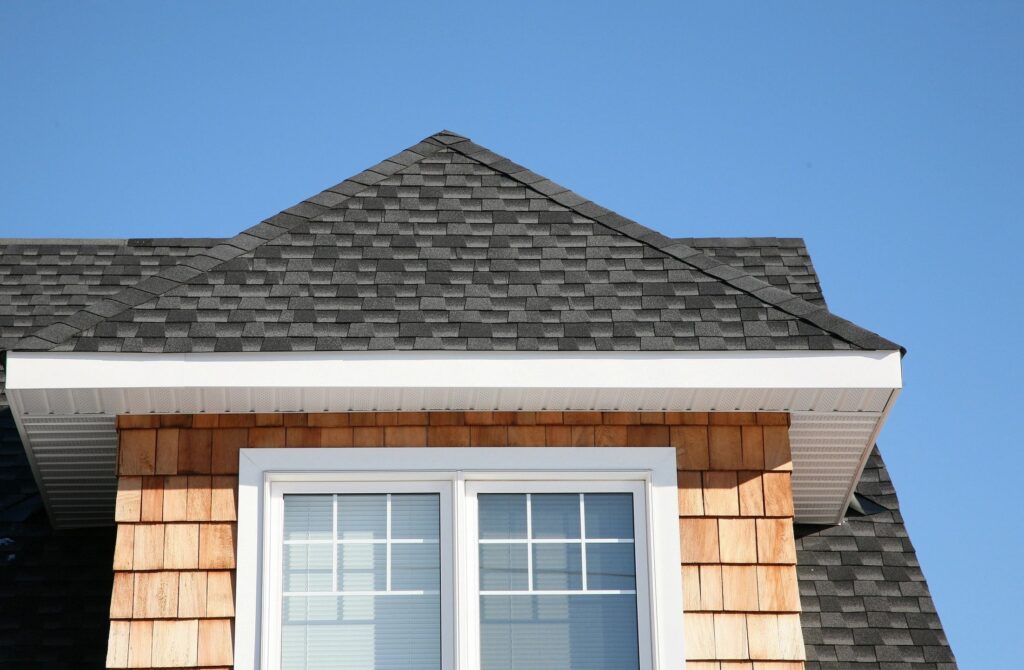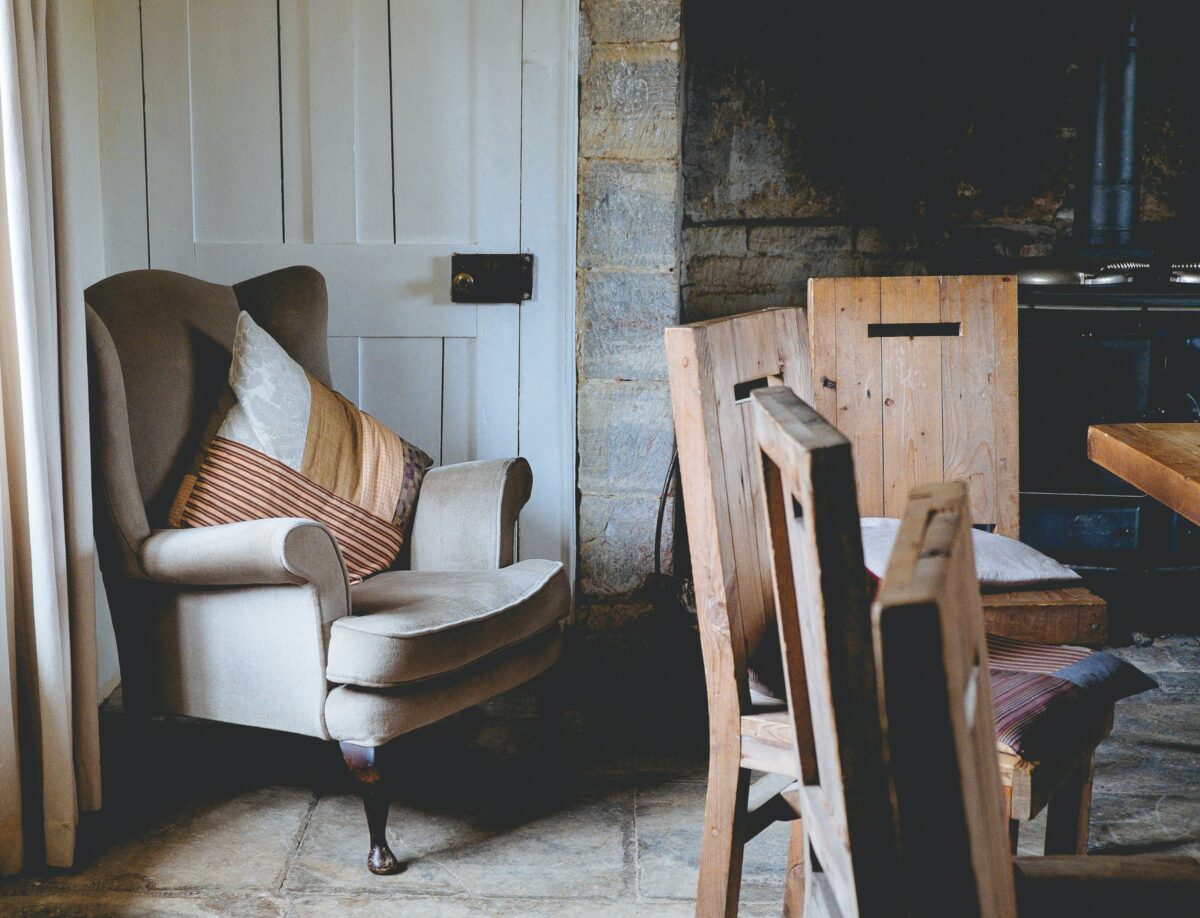As a homeowner, one of the most important aspects of maintaining your property is ensuring that your roof is in prime shape. Your roof is the first line of defense against the elements and plays a crucial role in protecting your home and family. However, many homeowners neglect their roofs until it’s too late, resulting in costly repairs and potential damage to their property.

In this guide, we will discuss the importance of regular roof maintenance, everyday issues that can arise if your roof is not adequately cared for, and practical tips to help you keep your roof in top condition. By taking the time to invest in your roof’s upkeep, you can prolong its lifespan, prevent leaks and damage, and ultimately save money in the long run.
Tips & Tricks for Responsible Roof Maintenance
Maintaining your roof is not just about repairing it when issues arise; it’s about taking proactive steps to prevent problems before they occur. A well-maintained roof protects your home from weather-related damages and contributes significantly to your property’s overall energy efficiency and aesthetics. The following tips will guide you through some practical strategies to ensure your roof remains in optimal condition.
Conduct Regular Inspections
Inspecting your roof at least twice a year, during spring and fall, is recommended. Look for signs of wear and tear, such as missing or damaged shingles, clogged gutters, and any debris accumulating on the roof. Early detection of potential issues can save you a significant amount of time and resources in the long run.
Keep Your Gutters Clean
Clogged gutters can lead to water overflow, damaging your roof and your house’s foundation. Ensure that gutters and downspouts are cleaned at least twice a year to prevent water damage and ice dams in colder climates.
Trim Overhanging Branches
Regularly trim any branches that hang too close to your roof. Overhanging branches can scrape against roofing materials and wear them down over time. In addition, they can drop leaves that clog gutters and provide a pathway for squirrels and other rodents to access your roof.
Ensure Proper Ventilation
Proper attic ventilation is critical in maintaining your roof’s longevity. Poor ventilation can lead to moisture buildup, which promotes the growth of mold and mildew and can rot the roof’s wooden components. Ensure your attic is well-vented to allow for adequate airflow and temperature regulation.
Schedule Professional Inspections
While personal inspections are crucial, scheduling an inspection with a roofing professional can provide a deeper insight into your roof’s condition. Professionals can spot issues that might be missed during a superficial check, such as small leaks or damage to the roofing underlayment. Aim to have a professional inspection at least once every few years or after severe weather events.
Repair Damage Promptly
Never delay in repairing any damage you discover on your roof. Even minor issues can escalate into significant problems if left unattended. Prompt repairs can prevent leaks, structural damage, and costly replacements down the line. Always consider the expertise of professional roofers for roof inspection to ensure the job is done correctly and safely.
Invest in Quality Roofing Materials
If you’re building a new home or replacing your roof, investing in high-quality roofing materials can significantly extend the life of your roof. While higher-quality materials might require a larger initial investment, they pay off in the long run through their durability and resistance to weather elements. Consult with a roofing professional to choose the best materials for your climate and house design.
Review Your Homeowner’s Insurance
Understand what your homeowner’s insurance covers regarding roof damage. Some policies may offer coverage for damage resulting from natural disasters or accidents, while others might not. Being informed about your policy can help you manage financial planning for roof repairs or replacements more effectively.
Signs That a Roof Replacement Is Due
Recognizing when it’s time for a roof replacement is key to ensuring the safety and integrity of your home. While regular maintenance can prolong the lifespan of your roof, there comes a point when repair is no longer feasible, and replacement becomes necessary. Identifying the signs of a failing roof can help homeowners act promptly to prevent further damage to their property. Below are critical indicators that suggest your roof may need replacing.
Age of the Roof
Most roofs are designed to last between 20 to 30 years, depending on the material. If your roof is approaching or has surpassed this age range, it may be time to consider a replacement.
Sagging Roof
A sagging roof is a clear indicator of structural issues, possibly due to prolonged water damage or structural failure. This problem requires immediate attention to prevent potential collapse.
Frequent Leaks
Persistent leaks, despite regular repairs, suggest that your roof’s integrity has been compromised. These may indicate widespread issues that patching won’t resolve.
Damaged or Missing Shingles
If you notice that many shingles are missing, cracked, or curled, this is a sign that your roof’s protective surface is failing. This can lead to leaks and further damage inside your home.
Significant Storm Damage
Severe weather can cause extensive damage to your roof. After a heavy storm, it’s crucial to inspect for any signs of damage that might require a complete roof replacement.
Granules in the Gutters
Finding shingle granules in your gutters consistently is a sign of advanced wear. These granules protect the roof from UV rays and weathering, and their loss indicates that your roof is nearing the end of its usable life.
Conclusion
Identifying these signs early can save homeowners from more severe complications from a failing roof. It’s essential to consult with a professional roofer to assess your roof’s condition and make an informed decision about whether to repair or replace it. With proper maintenance and regular inspections, homeowners can prolong the lifespan of their roofs and avoid costly replacements. Always prioritize safety when inspecting or repairing your roof and consult with professionals for any significant repairs or replacements.





